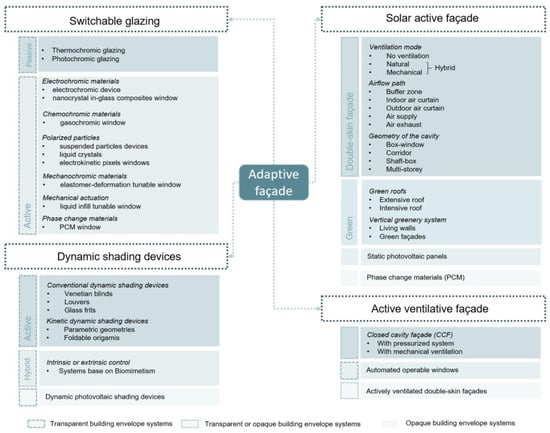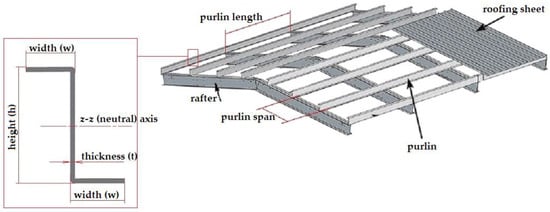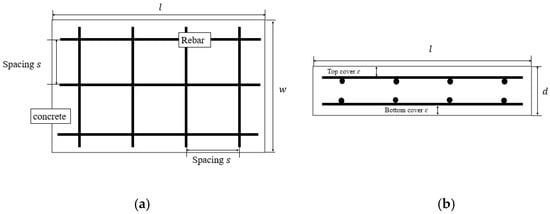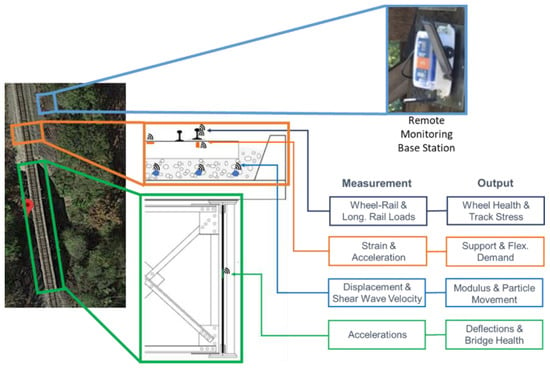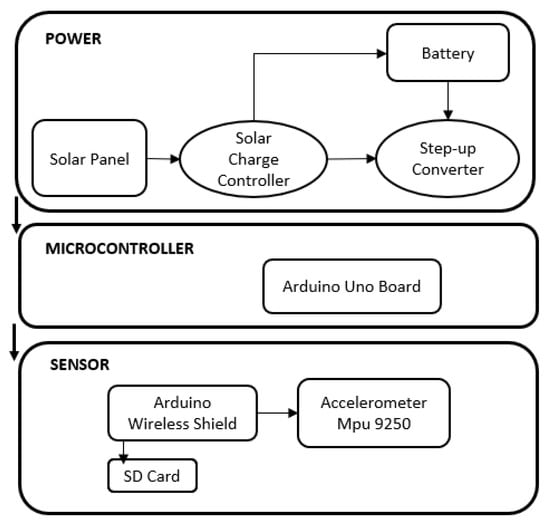Structural Sensing and Sustainable Infrastructure Maintenance
A topical collection in Sustainability (ISSN 2071-1050). This collection belongs to the section "Sustainable Engineering and Science".
Viewed by 20134Editor
Interests: structural health monitoring; wireless smart sensor networks; infrastructure management and policies; performance-based monitoring; augmented reality; human–machine interfaces and human cognition
Special Issues, Collections and Topics in MDPI journals
Topical Collection Information
Dear Colleagues,
Structural health monitoring (SHM) has been receiving significant attention in the community as a means to quantify the different levels of performance and safety of structural systems. One popular application and challenge of SHM systems is to enable collecting data of interest for designers, managers, and decision makers. More specifically, the collection of data from structural sensing that can inform prioritization on maintenance decisions has been proven to be of highest value to decision makers. The value of structural sensing to transform decisions is in general not known and has not been documented to date, given limitations on specific data that correlate structural sensing with infrastructure maintenance. If structural sensing were connected to sustainability of infrastructure and maintenance operations, owners would save costs, prioritize location of investments for maintenance, and make better-informed decisions on how to manage their infrastructure from a data-informed perspective using structural sensing.
The implementation of structural sensing monitoring could become practical and valuable for owners if the community could learn more from real-world applications and correlation between structural sensing and infrastructure maintenance. This Topical Collection is directed toward the collection of specific implementations of structural sensing in the context of sustainable infrastructure maintenance, with an emphasis on the following topics:
- Cost-effective structural sensing that can inform sustainable infrastructure maintenance;
- Case studies relating field structural sensing with maintenance decisions;
- Correlation between sensing development and structural information with sustainable infrastructure maintenance;
- Structural sensing and maintenance prioritization based on field monitoring;
- New cost-effective sensors that can save infrastructure maintenance operations;
- Comparisons and evidence of field monitoring of structural sensing and saving of infrastructure maintenance and management;
- New sensing monitoring approaches that can save costs and increase decisions;
- New theories related to infrastructure management, sensor development, and sustainable infrastructure maintenance;
- Structural sensing developments related to inspection and infrastructure maintenance;
- New technologies that relate structural sensing to human decisions related to maintenance in the field, such as Augmented Reality and other human–infrastructure interfaces;
- Other related structural sensing areas related to maintenance decisions.
The top priority of this Topical Collection is to provide the community with information on past success in structural sensing and infrastructure maintenance with new laboratory and experiment evidence that can contribute to the community of SHM, structural sensors, and structural management.
Prof. Dr. Fernando Moreu
Collection Editor
Manuscript Submission Information
Manuscripts should be submitted online at www.mdpi.com by registering and logging in to this website. Once you are registered, click here to go to the submission form. Manuscripts can be submitted until the deadline. All submissions that pass pre-check are peer-reviewed. Accepted papers will be published continuously in the journal (as soon as accepted) and will be listed together on the collection website. Research articles, review articles as well as short communications are invited. For planned papers, a title and short abstract (about 100 words) can be sent to the Editorial Office for announcement on this website.
Submitted manuscripts should not have been published previously, nor be under consideration for publication elsewhere (except conference proceedings papers). All manuscripts are thoroughly refereed through a single-blind peer-review process. A guide for authors and other relevant information for submission of manuscripts is available on the Instructions for Authors page. Sustainability is an international peer-reviewed open access semimonthly journal published by MDPI.
Please visit the Instructions for Authors page before submitting a manuscript. The Article Processing Charge (APC) for publication in this open access journal is 2400 CHF (Swiss Francs). Submitted papers should be well formatted and use good English. Authors may use MDPI's English editing service prior to publication or during author revisions.





